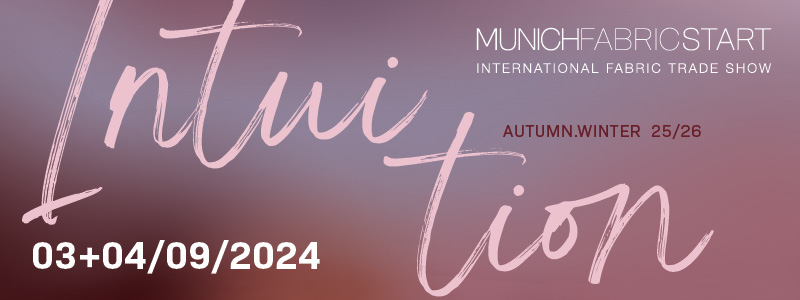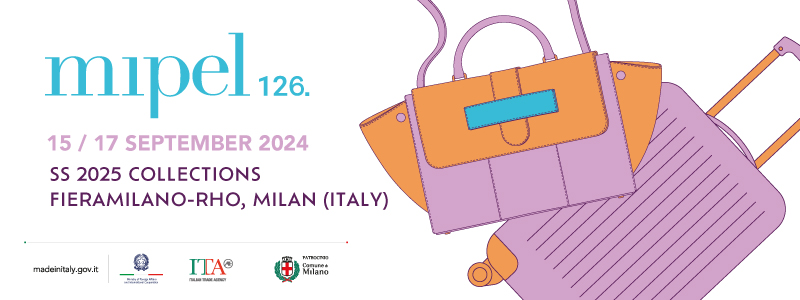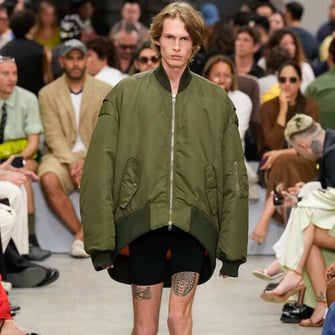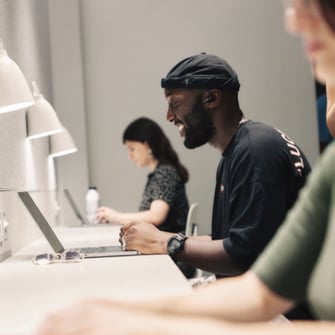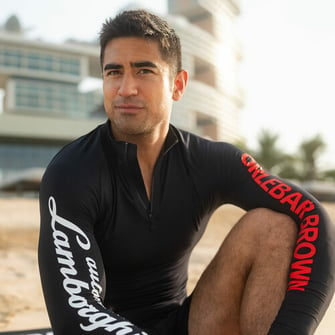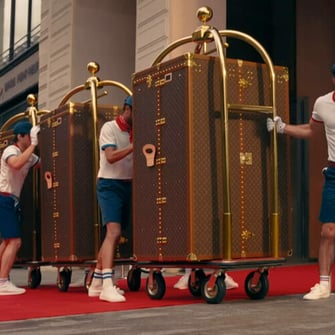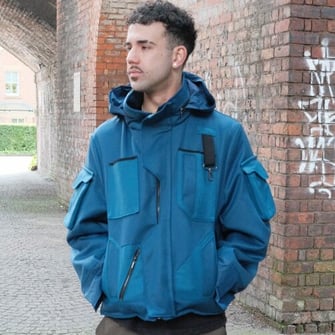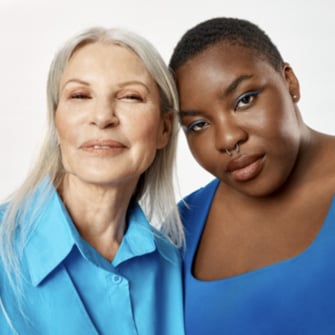
Sarah Ahssen
Jul 24, 2024
Young entrepreneurs of the IFM incubator share their views on the ups and downs of the craft industry

Sarah Ahssen
Jul 24, 2024
Fashion and luxury: a land of opportunity. Dozens of young companies are set up every year in these two sectors, defying the omnipotence of the luxury giants, the fall of the traditional players in distribution and the rise of ultra fast-fashion. This summer, FashionNetwork.com wanted to give a voice to this new generation who are ready for battle. In partnership with the IFM, the editorial team met the latest intake of the Fashion Entrepreneurship Center incubator, which supports innovative projects from fashion tech to design. At five round tables, these entrepreneurs shared their dreams, their vision of the sector and the challenges they face on a daily basis.
Our first round table, on the theme of know-how and craftsmanship, brought together four designers. A former Hermès employee, Jeanne de Bussierre is behind Rahpso, a brand of creative knitted jumpers for men that combines industrial processes with handmade details. More established, Karima Bidar, who began her career in New York in advertising, has been at the helm of Isli Studio since 2019, a label that started out as home accessories and is now expanding into the world of leather goods and jewellery with pieces designed between France and Morocco. After ten years at Balmain, Margot Aurignac and her former colleague Marine Plantrou have created Mama Série Originale, a brand of ready-to-wear and home accessories made in France in small batches and featuring a range of different skills. Lastly, Charlotte Lionnard, who has worked for the houses of Nina Ricci and Yiqing Yin, founded Lionnard in 2021, rethinking men's clothing through the prism of materials from her Paris studio.
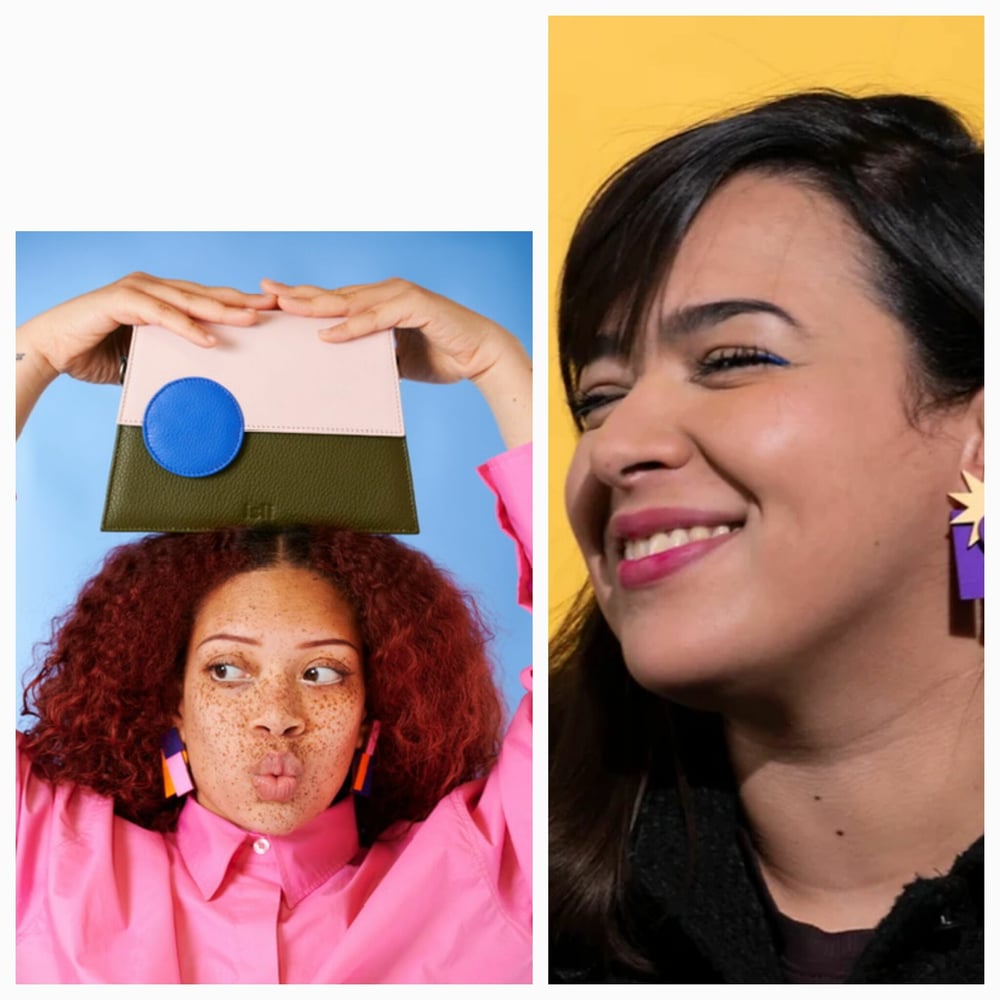
FashionNetwork.com: As fashion designers, what does the term ‘artisan’ mean to you, and how does craft express itself in your collections?
Jeanne de Bussierre: It's the basis of my work, because I make a lot of things by hand or with a knitting machine. So the challenge for me is to make something on an industrial scale but which retains that artisanal soul, which is still the raison d'être of my brand. For the second collection I'm preparing, I'm going to get some grannies knitting in Saône-et-Loire, with whom I've already worked on a project. I had some small pieces made by hand and I got dozens and dozens of replies from elderly people who wanted to work, because they're often isolated people on small pensions who get together for knitting cafés. So I said to myself: ‘I absolutely must work with these women again! The idea would be to make patches by hand, but which would be applied to industrially-made pieces to give added value. You can see it when it's handmade: the little flaws that sometimes exist add something quite charming.
Karima Bidar: I have a dual French-Moroccan culture, and in Morocco craftsmanship is very present. Every time I visited Morocco, I'd wander down the little streets where there were craftsmen working with wood, cobblers... So many little workshops with so many different ways of doing things! I found it really interesting to incorporate this into the creation of my bags. Each bag is unique, handmade by different people. I didn't want an industrial process where you need a minimum number of items and a minimum number of colours... At the Maison de l'Artisanat in Casablanca, I was lucky enough to meet craftspeople who were willing to work with me, with whom I was able to collaborate and whom I was also able to annoy (laughs). I challenged them on the colours, shape and volume of the bags. There are imperfections, but that's part of the beauty of the bag. When the human hand touches the piece, it tells a story. And this story, a journey between Morocco and France, also speaks to customers. Today I have between 50 and 100 pieces made, and if one day the brand grows a bit more and I have to industrialise production, there will always be a handmade capsule.
Margot Aurignac: For us, craftsmanship is the essence of the project, because above and beyond creation, the idea was above all to create by ourselves and to train. Before joining Balmain, I trained in vegetable dyeing, while Marine did a six-month course in embroidery. The idea was really to succeed on our own in creating objects, garments and accessories by spending time, trying to understand the techniques and creating exceptional pieces, unique pieces with their own sensibility. Today, we've explored knitwear and tailoring, and I also paint on silk. I've also trained myself to make skirts, accessories, scarves and lampshades.

FNW: Today you do everything yourself, but as Karima mentioned, if one day your brand receives thousands of orders, how do you plan to get organised?
MA: Today we can also call on other craftspeople, such as silk painters. The bag I'm wearing today was developed by a workshop called La Fabrique Nomade. Their work is brilliant, as it promotes the professional integration of migrant craftspeople. So they developed the bag and Marine then made a production run of ten pieces and said: ‘I won't make one more! (laughs). So we find craftsmen in France who accept our conditions of small quantities and pre-orders. As for the ceramics, I do everything myself, but I'm currently looking for people to produce large series. The idea is to make the first prototypes ourselves so that we understand the product from A to Z and can then pass it on to other craftspeople. I think that this knowledge allows us to control all the technical aspects, but also the prices.
Charlotte Lionnard: I have my own workshop in Paris. Up until now, I've had a fairly exclusive approach, where I welcome customers to my workshop so they can look at the wardrobe, try on pieces... then we take their measurements and produce. I love it, it's great, but it's not the most profitable business model! So during this year of training, I realised that the best thing for me would be to separate things a bit: to have a ready-to-wear line with pieces that are a bit more accessible in terms of style and price, and an atelier collection that I continue, with prices on request and appointments at the atelier, and where I can have fun with the techniques used.
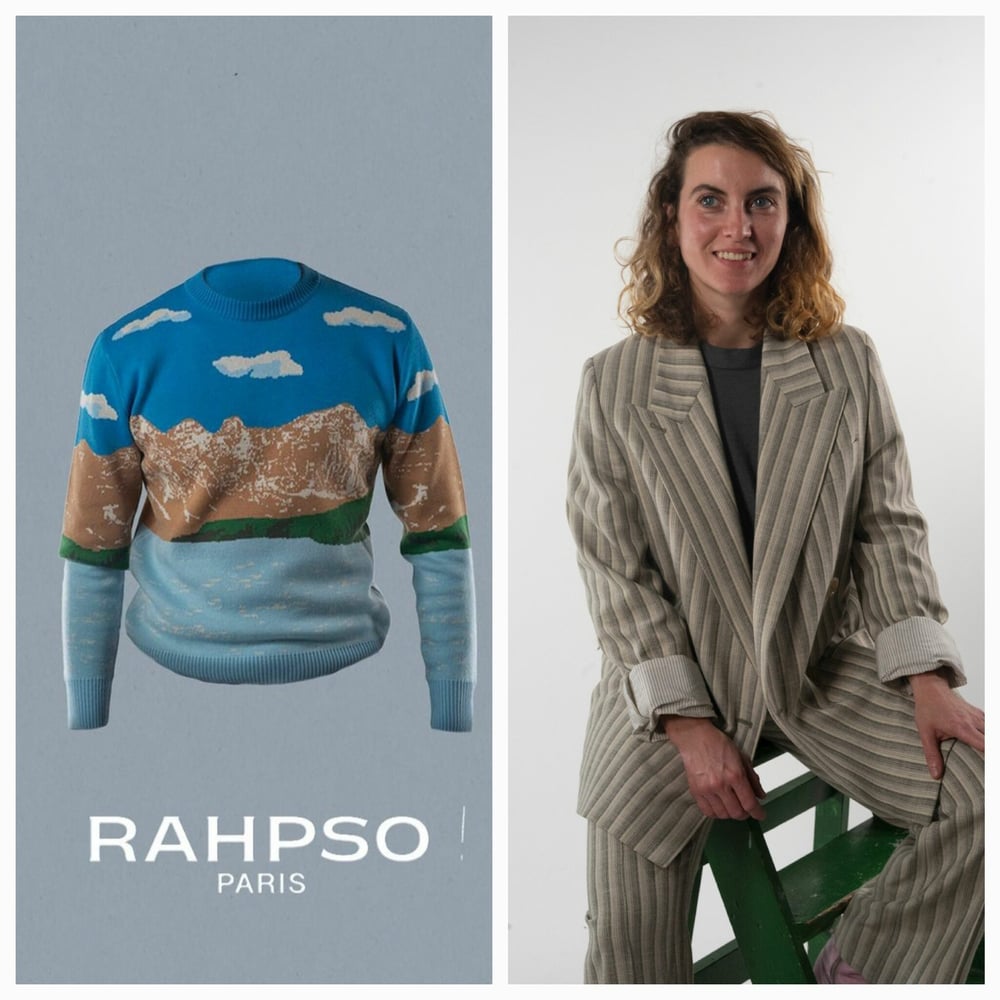
FNW: What are the main difficulties you face in choosing the craft sector?
KB: Deadlines. I always bear in mind that when you choose the handmade route, it takes longer. That's only natural. But sometimes it takes a bit too long! I'm not consulted, but I don't say anything because I assume that I've imposed a new way of doing things, which is often more difficult, and I don't want to frustrate the craftsman by saying no, even if the piece won't be sold. And then, afterwards, I come back with the teacher's hat on and I'm much more of a teacher, and everyone listens more. These craftsmen listened to me from the start, so it's also a question of dialogue and communication. But the main obstacle is time. That's another reason why it's good to have several workshops.
JdB: For my part, I don't know if we can talk about obstacles, but my question today concerns the way in which I'm going to pay the knitters. Do I ask them to become self-employed or do I pay them by the piece? In fact, more generally speaking, the brake on the craft industry is the price.
MA: The problem we face is that customers are shocked by the prices. We've forgotten how a garment is made, the time it takes, the cost of materials. All these elements have been somewhat swept aside, particularly by fast fashion. This has put a huge millstone around the ankles of craftsmanship. Today, experienced customers understand, but as soon as you want to broaden the customer base, it's more complicated. So we have to do a lot of teaching, even if it means losing sales, and wait until people are ready. It's true that the question of purchasing power is central, but we've also got people used to buying compulsively and a lot at low prices, whereas you can buy parts at a slightly higher price that will last longer and can also be repaired.
JdB: People regularly tell me that it's too expensive. Although I've reduced my margin as much as possible, I have to explain that we're talking about 100% merino yarn, which is used in luxury goods, and that it's expensive, especially in small quantities. Factory prices are really much higher when you make small quantities, and that's something that concerns all young brands.
MA: But it's also an argument: we don't make thousands of pieces, but thirty or fifty. In a way, it's a commitment.
CL: The cheapest shirt I can offer is €320, and blazers are €1,300. I also have to explain the material, the technique, the time it all takes.... So you have to be extremely educational, because we are experts but customers are not. You also have to know your product really well to be able to explain it. That's where our artisan hat comes in handy, because we know how to promote our work! With fashion, I want to create rarity and preciousness, and that means exclusivity.
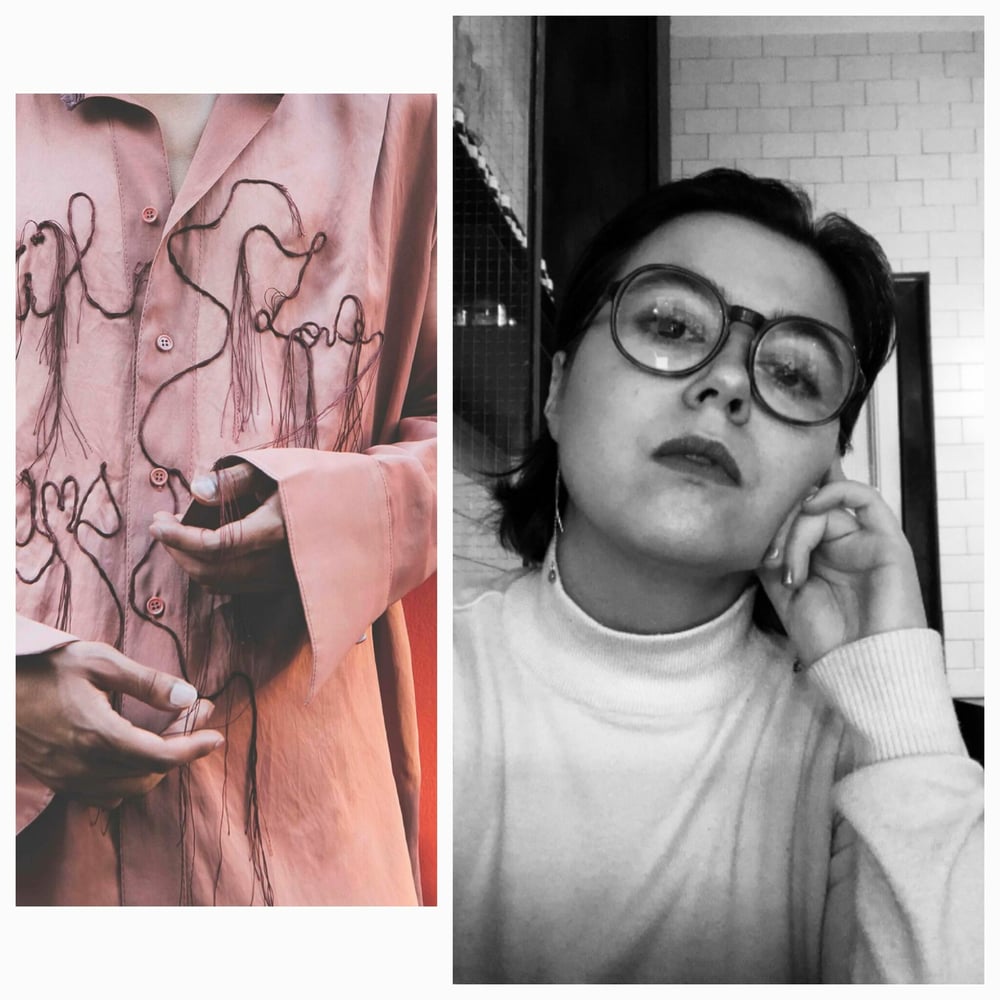
FNW: And is it difficult to find the right craftsman?
KB: Meeting a craftsman is a real encounter, there has to be a ‘feeling’! But in Morocco, as elsewhere, skills are being lost. Young people are less attracted to these trades. Covid has also accelerated the loss of these skills. In the near future, I'd like to open my own workshop, with a view to reintegrating people into society.
MA: It's true that crafts don't attract people any more. With Marine, passing on skills was also at the heart of the project. Marine has moved to Normandy, where she has bought an old ciergerie, and that's where we plan to set up our workshop, as I'm thinking of joining her. We'll also be organising workshops there to demonstrate and pass on our skills, whether in knitting, silk painting or ceramics. It makes me think of a parallel with cooking, which has managed to restore its reputation, and it's now ‘mega’ sexy to be a cook. This transition needs to happen in the craft industry. Making something beautiful with your hands should be sexy!
FNW: As craftswomen, you talk a lot about gestures and handmade products, but do you use new technologies like artificial intelligence?
MA: Not really, but we have so much combined know-how that I've already said to myself that artificial intelligence could help me to project my ideas without needing to make prototypes, for example. So I sent inspiration and moodboards to friends who are interested in AI so that they could recreate a brand universe for me, but the result wasn't very convincing. Even though I think you can create some crazy stuff.
CL: If you look at it through the prism of sustainability, the subject interests me. I'm thinking in particular of the thousands of prototypes that we produce and that AI can help to reduce. But in my Paris workshop, I'm still a long way off (laughs).
Copyright © 2024 FashionNetwork.com All rights reserved.


